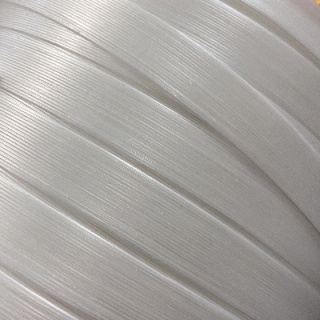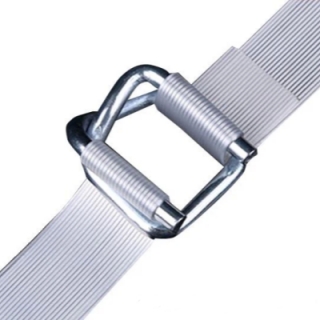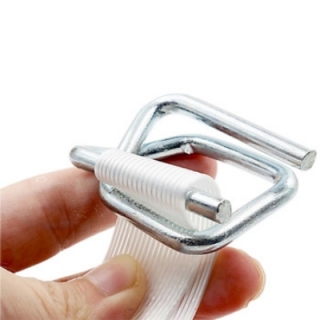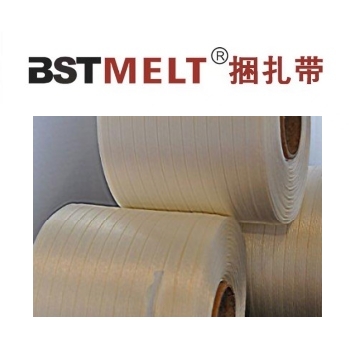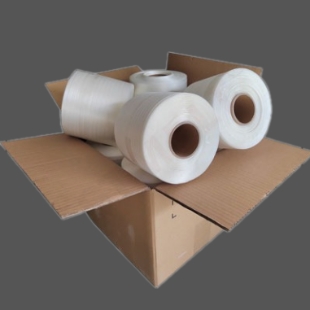In the fast-paced world of logistics and transportation, ensuring the safety and security of cargo during transit is paramount. Traditional methods of securing cargo have often relied on materials like steel strapping, which, while effective, can be heavy, cumbersome, and prone to corrosion. However, with advancements in materials science and engineering, a new solution has emerged: composite straps.
Composite straps are a revolutionary alternative to traditional steel straps, offering a combination of strength, durability, and flexibility that makes them ideal for securing various types of cargo. Composed of layers of high-tenacity polyester fibers encased in a polymer coating, composite straps provide exceptional tensile strength while remaining lightweight and resistant to corrosion, moisture, and UV radiation.
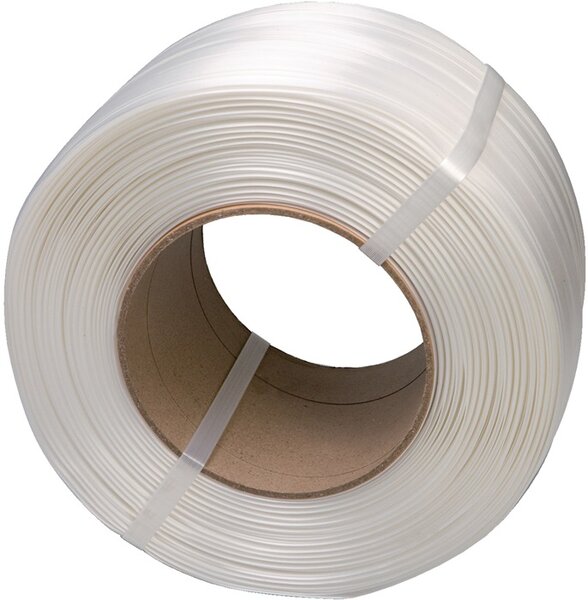

One of the key advantages of composite straps is their flexibility. Unlike rigid steel straps, composite straps can conform to the shape of the cargo, ensuring a secure hold without causing damage or deformation. This flexibility is particularly beneficial for irregularly shaped or delicate cargo, where traditional strapping methods may be impractical or ineffective.
Another significant advantage of composite straps is their safety features. Unlike steel straps, which can snap under high tension, composite straps are designed to gradually elongate and absorb shock, reducing the risk of injury to personnel and damage to the cargo. Additionally, the smooth surface of composite straps minimizes the risk of abrasion or scratching, further protecting the integrity of the cargo.
Composite straps are also environmentally friendly, as they are recyclable and produce minimal waste compared to traditional steel strapping. Additionally, their lightweight construction reduces fuel consumption during transportation, contributing to lower carbon emissions and overall sustainability.
In recent years, the adoption of composite straps has grown rapidly across various industries, including shipping, logistics, construction, and manufacturing. Their versatility and reliability make them well-suited for securing a wide range of cargo, from palletized goods to heavy machinery.
Furthermore, ongoing research and development efforts are continuously improving the performance and efficiency of composite straps. Innovations such as enhanced coatings for increased durability, specialized designs for specific applications, and advanced manufacturing techniques are further driving the evolution of this technology.
Despite their numerous benefits, composite straps are not without challenges. Ensuring proper training for personnel in the correct application of composite straps is essential to maximize their effectiveness and safety. Additionally, continued education and awareness campaigns are necessary to promote the widespread adoption of composite straps and encourage the phase-out of less efficient and environmentally harmful strapping materials.
In conclusion, composite straps represent a significant advancement in cargo security, offering a superior alternative to traditional steel strapping in terms of strength, flexibility, safety, and environmental impact. As technology continues to evolve and industries seek more efficient and sustainable solutions, composite straps are poised to play an increasingly vital role in securing the global supply chain.
